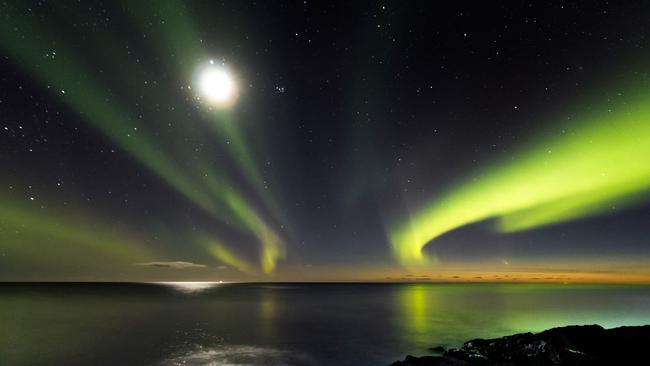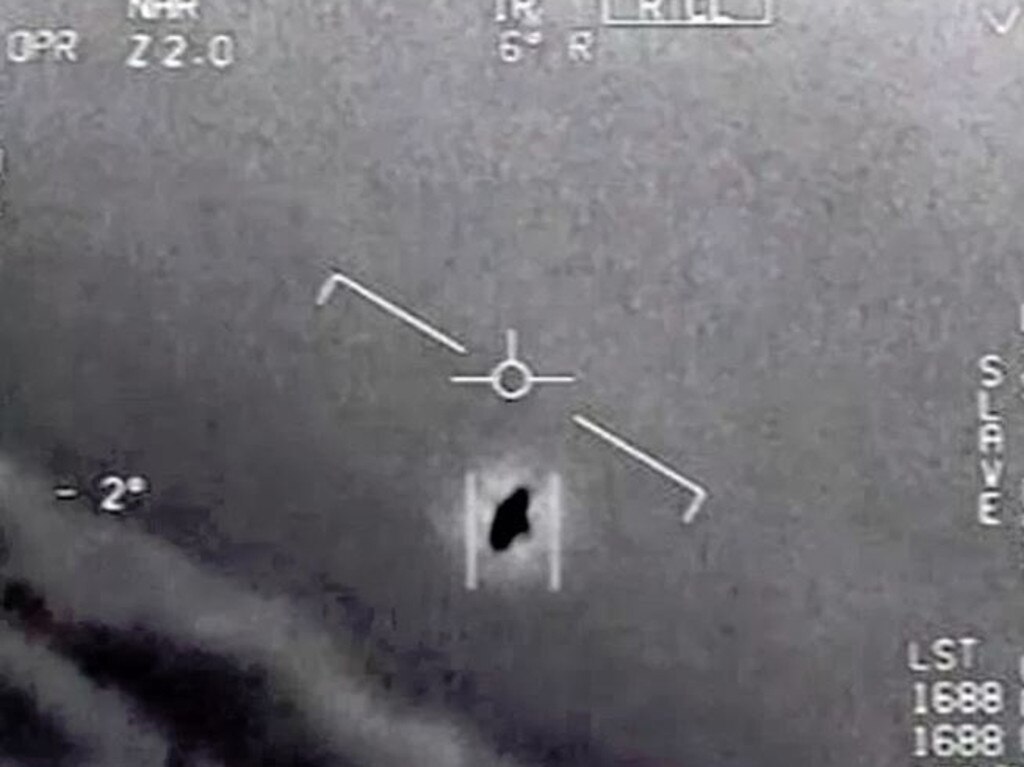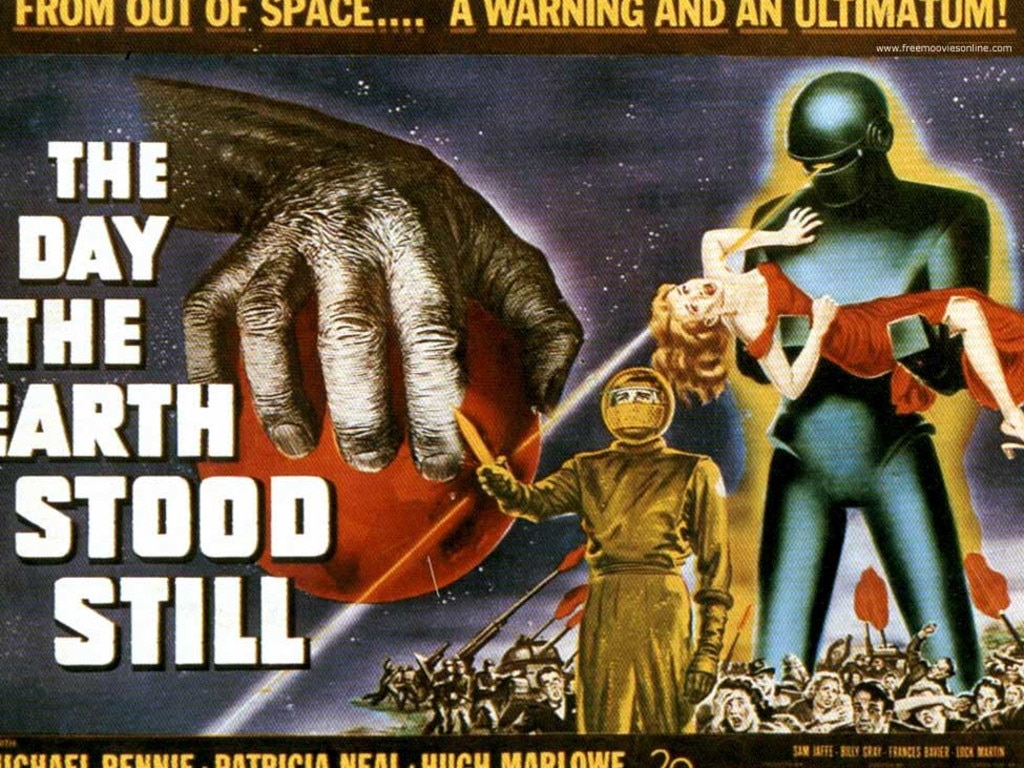The truth is down there, says Pacific’s alien hunter
An American astronomer believes an object which exploded over the Pacific Ocean in 2014 may have been a probe created by an alien civilisation.

Earlier this year the US Department of Defence declared that an object that came rocketing towards Earth in 2014 and exploded above the Pacific Ocean was almost certainly something from beyond our solar system.
Now an American astronomer is planning an expedition to find its remains in the hope it proves to be a piece of technology sent by an alien civilisation. Avi Loeb, a Harvard science professor, said the hunt could turn up tiny remnants of a natural but foreign object. “There is a chance, if it’s artificial, that something survives of it,” he said.
He said he has raised $US500,000 ($745,000) and needs another million dollars to fund a voyage to a spot in the Pacific north of Papua New Guinea, where magnets and sensors will be dropped a mile below the surface and dragged across a six-mile stretch of ocean floor. “We’re just waiting for the remaining funding so we can go,” he said. “I’m hopeful.”

Loeb first made waves in 2018 with a paper arguing that a thin object known as “Oumuamua” may have been a probe created by an alien civilisation. Scientists disagreed, saying they saw “no compelling evidence to favour an alien explanation”.
Undeterred, Loeb published a book, Extraterrestrial, which suggested that the object, the length of a football field, could have been a thin, disc-shaped sail powered by starlight that was placed in interstellar space as part of a vast communications network. Though it appeared to have entered our solar system, Loeb argued that it may in fact have been “like a buoy resting in the expanse of the universe, and our solar system was like a ship that ran into it”. He said the book, published last year, drew readers to his door and spurred him to give talks about it on his porch. “Several of them were multibillionaires,” he said. They had provided funding for the Galileo Project to search for “evidence of extraterrestrial technological artefacts”.
The focus on an object that struck Earth on January 8, 2014 arose after he asked a student, Amir Siraj, to look at the fastest meteors recorded to have struck Earth. Data from US government missile detection systems showed that it was “moving faster than 95 per cent of all the stars in the vicinity of the sun”, which suggested it must have come from another solar system, he said. The fact it had exploded in the lower atmosphere, while most meteors disintegrate in the upper atmosphere, suggested it was twice as tough as iron, he added.
To get this information “we had to reach out beyond the national security fence,” Loeb said. This proved problematic for astronomers, who said they could not peer review Loeb and Siraj’s paper because it relied on data from classified missile detection systems, which could not be viewed in full. In April the US Defence Department released a memo confirming that “the velocity estimate” of the object “is sufficiently accurate to indicate an interstellar trajectory”. Loeb said the paper has now been accepted for publication.
Other scientists remain sceptical. “I have to take it with a grain of salt,” the Canadian astronomer Robert Weryk told National Public Radio. “I understand why they won’t release more information, but I think that would be essential … to come to a conclusion about this object being interstellar.”
The Times






To join the conversation, please log in. Don't have an account? Register
Join the conversation, you are commenting as Logout